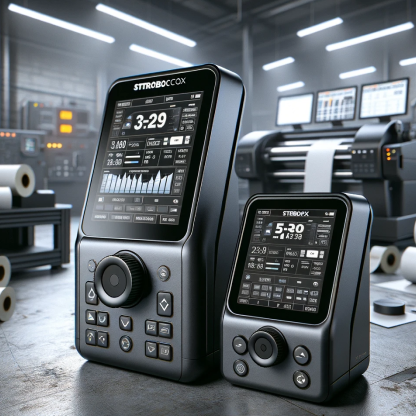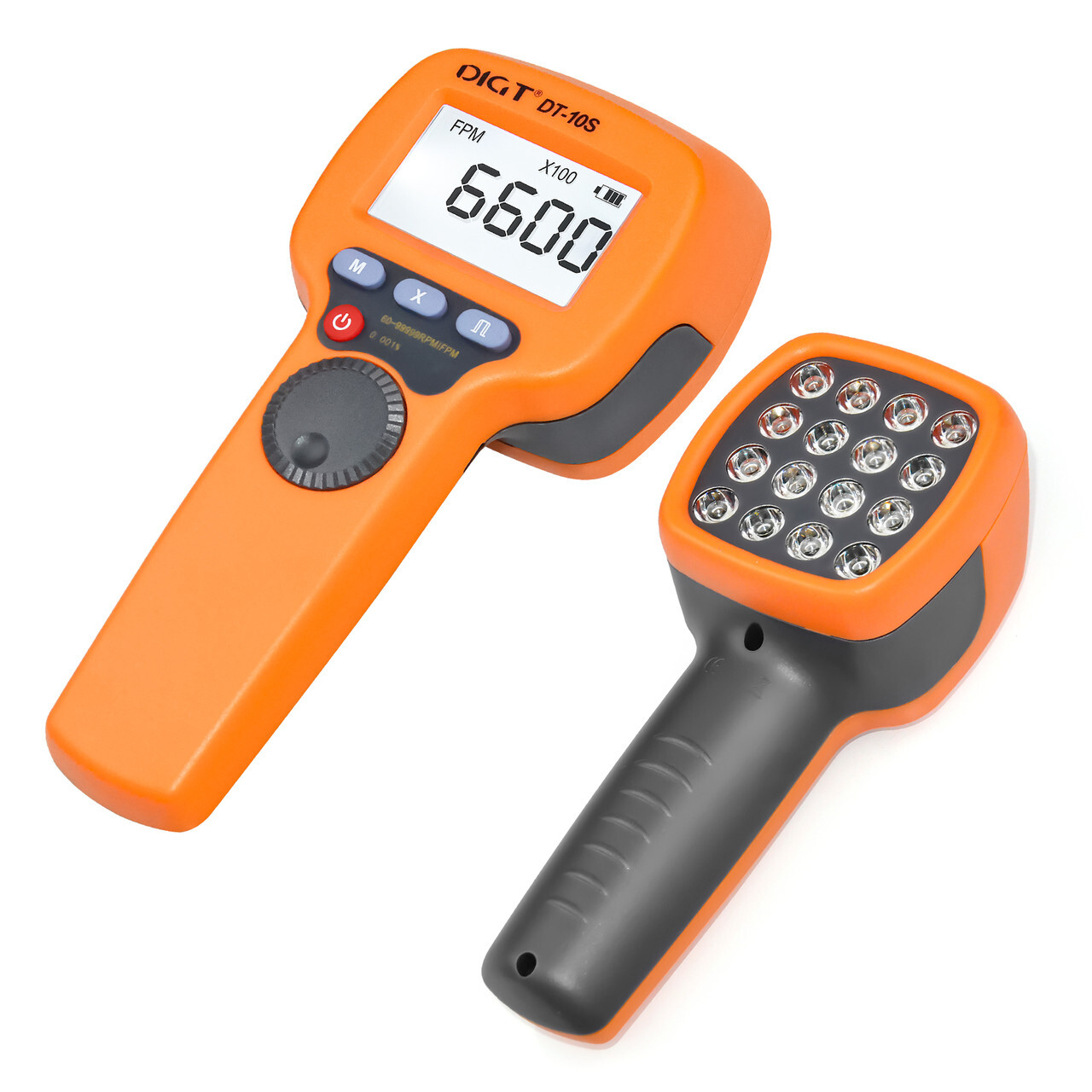Comparison


Feature / Specification
StroboX
Manual Stroboscope
Physical Specifications
Size
Larger due to integrated sensors and AI
Compact and handheld
Weight
Depends on the case weight
Lightweight
Power Source
Usually AC powered, battery options available
Battery or AC powered
Portability
Varies, less portable
Highly portable
Functionality
Frequency Range
Broad, self-adjusting
User-defined, limited
Accuracy
High accuracy, automated adjustments
Manual adjustment dependent, less precise
Ease of Use
User-friendly
Requires expertise
Detection Capability
Automatic detection
Limited to manual observation
Display
Advanced digital display with real-time data
Basic digital or analog
Maintenance
Advanced digital display with real-time data
Self-monitoring and predictive maintenance
Application
General purpose to advance applications
General-purpose
Response Time
Fast, often under half a second
Slower, manual adjustments
Data Logging
Common, includes analysis features
Rarely available
Integration
Extensive system integration
Limited
Cost
Higher due to advanced technology
Lower
Potential Applications
General Industrial Use
Ideal for high-precision tasks
Suitable for basic applications
Quality Control
Automated, detailed measurements
Visual inspections
Predictive Maintenance
Automated detection and prediction
Manual observation needed
User Training
Training Requirements
Minimal training
Significant training needed
User Expertise
Varies, designed for ease of use
High
Safety
Safety Features
Enhanced safety checks
Basic
Risk of Misuse
Lower risk, automated controls
Higher risk
Operational Range
Frequency Range
Broad, adaptable
User-limited
Environmental Conditions
Operates in diverse conditions
Limited adaptability
Use of Results
Quality Determination
Detailed, precise metrics
User interpretation
Predictive Maintenance Issues
Consistent, reliable detection
Less consistent, user-dependent
Market Use
Industries
Any level of manufacturing from light to extensive
Manufacturing, automotive, educational, HVAC
Application Scope
Advanced diagnostics, continuous monitoring
Basic troubleshooting
Skilled Operators Needed
Expertise Level
Low to moderate, automated features
High level required
Training Period
Short training period
Extensive training
Market Size
Current Market Size
Larger, growing demand
Smaller, niche applications
Growth Potential
High growth potential, focus on automation
Stable, limited growth
Comparison

